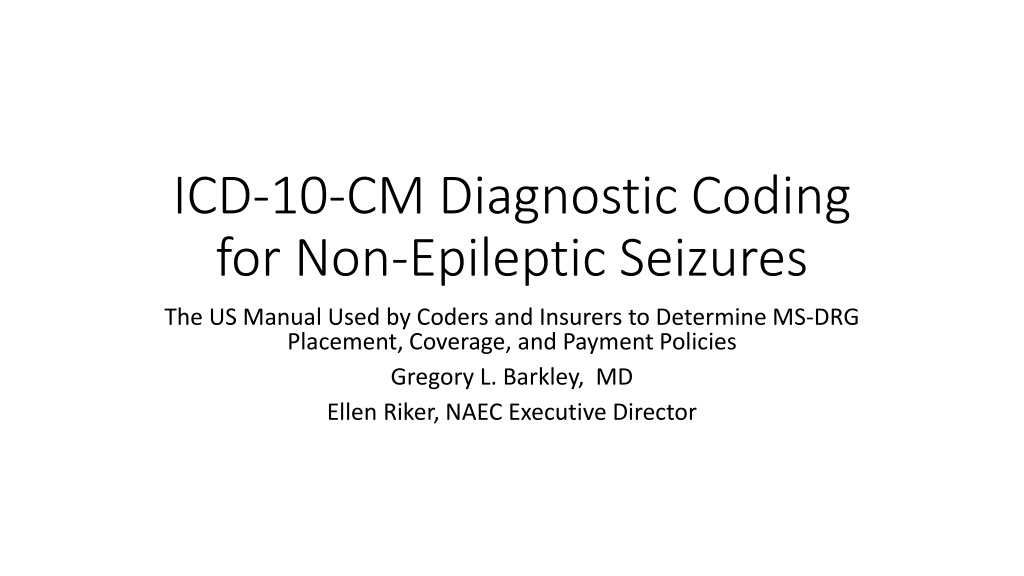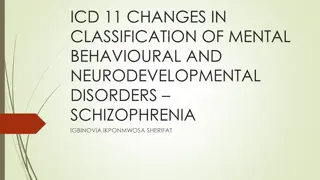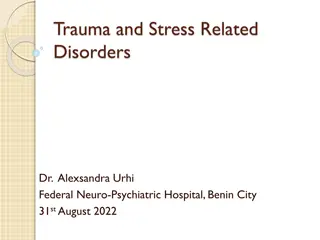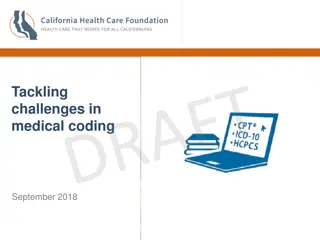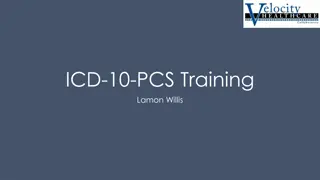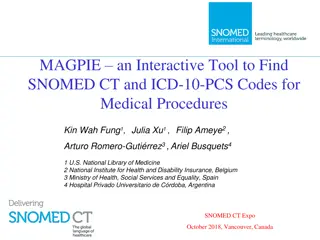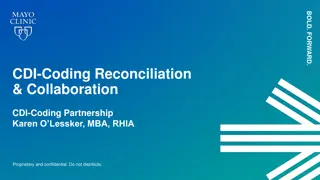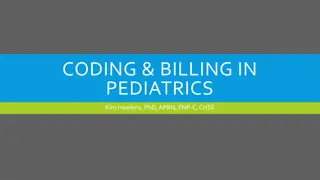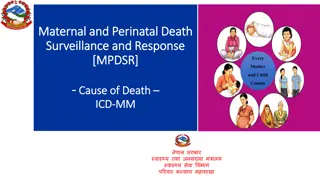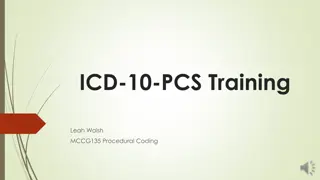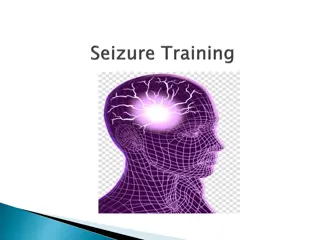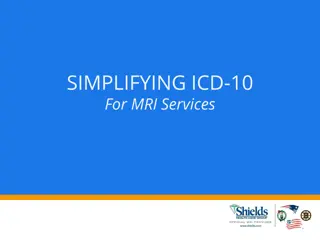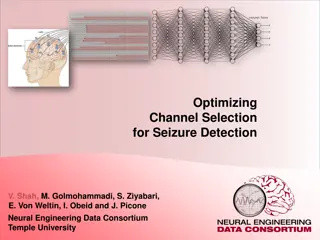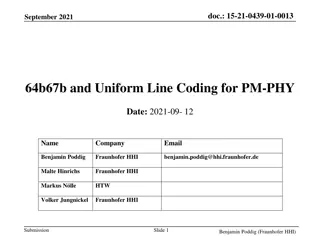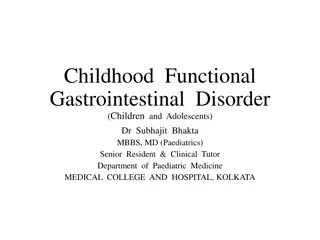Understanding ICD-10-CM Coding for Seizure Disorders: A Comprehensive Guide
ICD-10-CM codes play a crucial role in diagnosing and managing seizure disorders, including epilepsy and non-epileptic seizures. This detailed guide covers the coding guidelines for various types of seizures, such as intractable epilepsy and conversion disorder with seizures. It also explains how these codes impact MS-DRG placement, coverage policies, and payment considerations for patients. Medical professionals, coders, and insurers can utilize this information to ensure accurate coding and billing practices in healthcare settings.
Download Presentation

Please find below an Image/Link to download the presentation.
The content on the website is provided AS IS for your information and personal use only. It may not be sold, licensed, or shared on other websites without obtaining consent from the author. Download presentation by click this link. If you encounter any issues during the download, it is possible that the publisher has removed the file from their server.
E N D
Presentation Transcript
ICD-10-CM Diagnostic Coding for Non-Epileptic Seizures The US Manual Used by Coders and Insurers to Determine MS-DRG Placement, Coverage, and Payment Policies Gregory L. Barkley, MD Ellen Riker, NAEC Executive Director
G40 Epilepsy and recurrent seizures Note: the following terms are to be considered equivalent to intractable: pharmacoresistant (pharmacologicallyresistant), treatment resistant, refractory (medically) and poorly controlled Excludes1: conversion disorder with seizures (F44.5) convulsions NOS (R56.9) post traumatic seizures (R56.1) seizure (convulsive) NOS (R56.9) seizure of newborn (P90)
G40 Epilepsy and recurrent seizures G40.8 Other epilepsy and recurrent seizures Epilepsies and epileptic syndromes undetermined as to whether they are focal or generalized Landau-Kleffner syndrome G40.80 Other epilepsy G40.803 Other epilepsy, intractable, with status epilepticus G40.804 Other epilepsy, intractable, without status epilepticus G40.91 Epilepsy, unspecified, intractable Intractable seizure disorder NOS G40.911 Epilepsy, unspecified, intractable, with status epilepticus G40.919 Epilepsy, unspecified, intractable, without status epilepticus
F44 Dissociative and conversion disorders Includes: conversion hysteria conversion reaction hysteria hysterical psychosis F44.5 Conversion disorder with seizures or convulsions Conversion disorder with attacks or seizures Dissociative convulsions
R56 Convulsions, not elsewhere classified Excludes1: dissociative convulsions and seizures (F44.5) epileptic convulsions and seizures (G40.-) newborn convulsions and seizures (P90) R56.1 Post traumatic seizures Excludes1: post traumatic epilepsy (G40.-) R56.9 Unspecified convulsions Convulsion disorder Fit NOS Recurrent convulsions Seizure(s) (convulsive) NOS
ICD-10-CM Dx Codes Impact on MS-DRG Placement and Coverage Policies G40 Codes and R56.9 track patients to the Seizure MS-DRGs 100 and 101 for hospital admissions with most EMU patients admitted under MS-DRG 101 Seizures without major co-morbidities and complications. F44.5 tracks patients into one of the psychiatry MS-DRGs, which historically were weighted at a lower levels. ICD-10-CM Codes are also included in Medicare local and national coverage policies to set parameters on which patients can receive a covered service.
